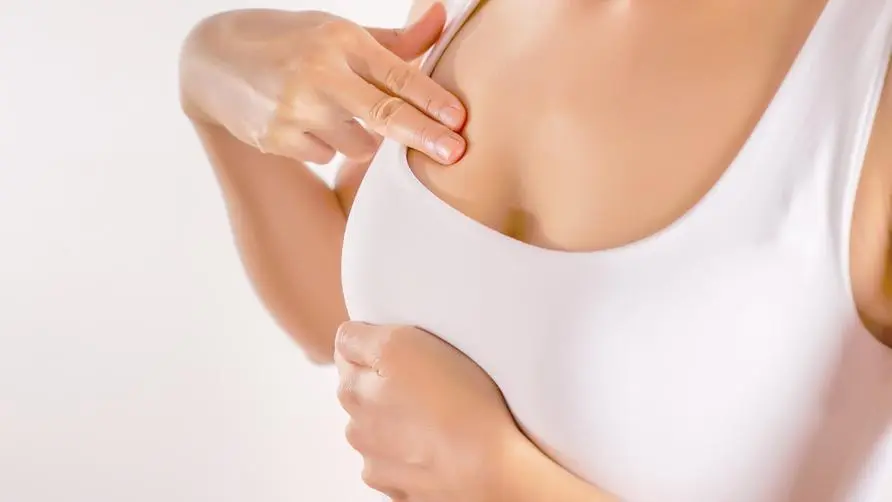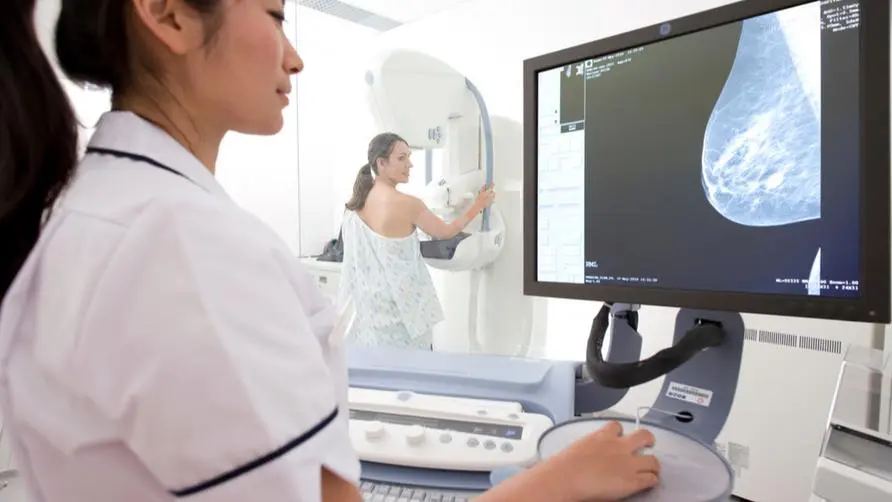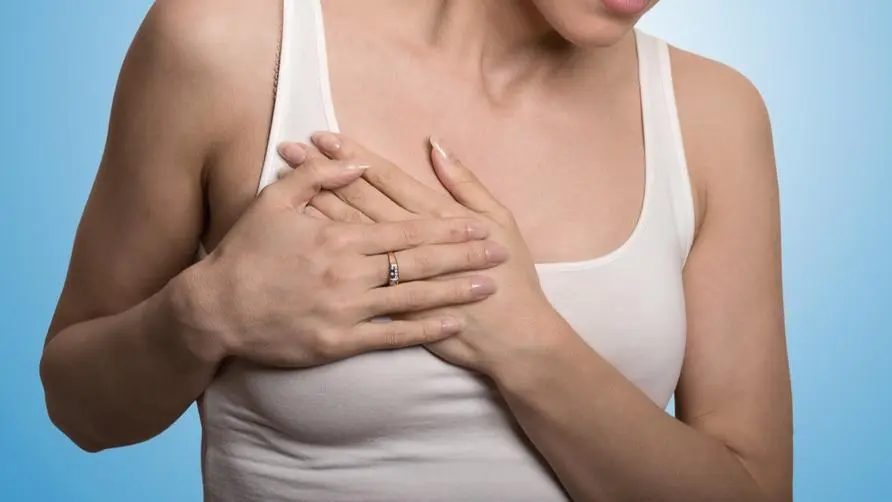Do I also need to be screened for breast cancer after breast augmentation? She was afraid that the silicone clip would be damaged but found "precancerous lesions"

As the public’s acceptance of medical cosmetic surgery gradually increases, there are also many women who seek a plumper bust through breast augmentation. However, some women are also worried that after breast augmentation, their breasts may be “clamped” by photographic equipment and are reluctant to undergo examinations. Dr. Chen Fengren, director of breast surgery at the Cheng Ching Hospital Chung Kang Branch, said that women with breast augmentation need not worry too much. Breast fillers are unlikely to be damaged by surgery or photography. On the contrary, “microcalcifications” in the breast are precancerous lesions. Even if the epidemic is severe, we must avoid missing the early diagnosis and golden treatment period.
Can I also receive breast cancer screening after breast augmentation? Fine-needle surgery uncovers “precancerous lesions” without damaging silicone
Dr. Chen Fengren cited two cases to illustrate: a 52-year-old female A and a 43-year-old female B, both of whom were found to have precancerous lesions due to mammograms. Woman A has had breast augmentation surgeries for many years and wants to undergo breast cancer screening as she gets older. Woman A had informed in advance that she had undergone breast augmentation surgery. Unexpectedly, a mammography examination revealed microcalcifications in the breast tissue. The doctor wanted to confirm the condition through “fine needle positioning” biopsy surgery, but Woman A was worried that the fine needle inserted into the breast would pierce the silicone, and she had doubts about the surgical process.
Dr. Chen Fengren said that after discussions with the radiology team, he believed that the surgery was indeed feasible and that the silicone would not be damaged by the surgery. Finally, after the patient agreed to do a biopsy, it was confirmed that the microcalcification was a precancerous lesion and may have the risk of developing into breast cancer. Therefore, the team immediately grasped the golden treatment period and performed surgery and follow-up treatment.
She refused to have a mammogram for fear that the silicone would “crack”. An examination revealed “microcalcifications” that may cause cancer.
After another 43-year-old woman B completed breast augmentation surgery, she delayed going to the hospital for treatment or taking mammograms due to the severe epidemic. One day, Woman B felt that she had lumps of different sizes in her breasts and went to see a doctor. After an ultrasound examination, she discovered an irregular hypoechoic tumor and detected tiny calcifications, which were obviously the characteristics of breast cancer.
Woman B was worried that the silicone in her breasts would be “clamped” during the photography examination, so she refused to take mammograms. After switching to ultrasonic core biopsy and confirming that the breast implant was not damaged during the procedure and that the breast cancer had been diagnosed as early-stage breast cancer that needed to be removed, Woman B agreed to undergo a mammography examination. After the tumor and part of the breast were removed, Woman B is recovering well and is currently undergoing follow-up visits.
Breast calcification has a 15% chance of transforming into breast cancer! Doctors urge women to get screened early to avoid cancer threats
Dr. Chen Fengren pointed out that the above two cases were all calcifications in the breast tissue. According to the classification of mammography, they are classified as “low malignant potential” (BIRAD 4A), and there is about a 10%-15% chance of transforming into cancer. Before breast augmentation patients undergo fine needle positioning and insertion, the doctor will first move the filler implanted in the breast to a place that cannot be caught by the breast camera. After the micro-calcified parts are fixed, puncture slices will be taken as the basis for subsequent pathological diagnosis.
Dr. Chen Fengren reminded that the government provides subsidized mammography screening every two years. Therefore, any woman who has had breast augmentation surgery, regardless of whether silicone or saline bags are implanted, can safely undergo mammography examination and fine-needle biopsy surgery. There is no need to worry about the fillers being compromised due to breast examination. Mammography is a powerful tool for screening early-stage breast cancer, especially stage zero breast cancer. Women aged 45-69 and women aged 40-44 with second-degree blood relatives with a family history of breast cancer are urged to undergo regular mammography examinations to help avoid cancer as early as possible. threaten.
Further reading:





